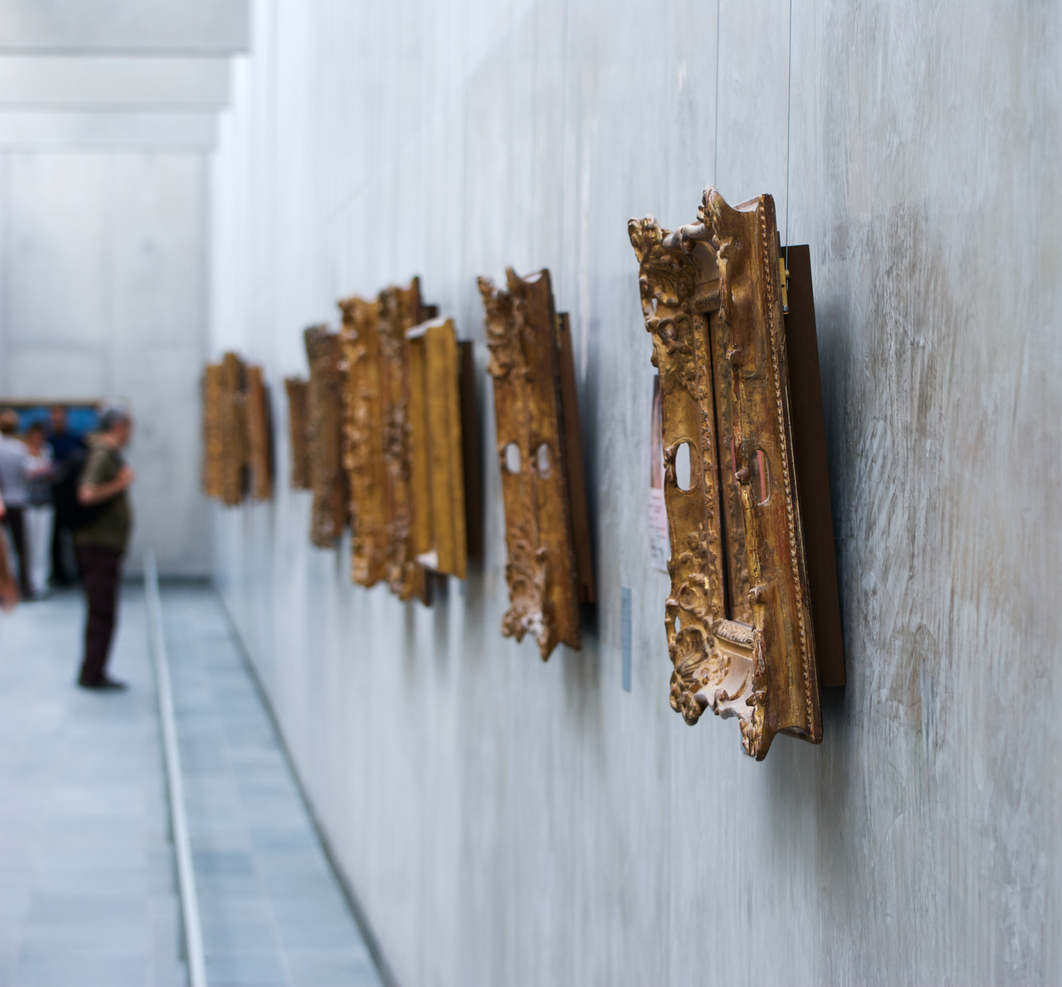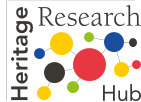Project facts
Duration:
2013-12-01 -
2016-09-30
Project coordinator: Lublin University of Technology
Project consortium: Lublin University of Technology (Poland)
Eindhoven University of Technology (Netherlands)
Vilnius Academy of Arts (Lithuania)
National Museum of Denmark (Denmark)
Polytechnic of Milan (Italy); University of Macerata (Italy)
Altravia s.r.l (Italy)
Cultural Heritage Agency of the Netherlands (Netherlands)
University of Maastricht (Netherlands); Univerza v Ljubljani (Slovenia)
Funding bodies:
JPI CH
Subject areas:
Built Heritage, Conservation, Ecology, Heritage values - Identity, Methods - Procedures, Sustainability, Tangible Heritage
Budget: 657,912,18€
Presentation
- The project aimed at creating a research consortium that summarized the state of knowledge and experience and that creatively developed a methodology for analyzing the value of the protection, preservation and modern use of heritage.
- The project used the experiences, methods and results of research on cultural heritage values that were conducted with regard to different types of heritage and in different conditions.
- The main goal of the project was the widest possible use of international experience, gained in relation to different typological groups of heritage, and in relation to various systems of heritage valuation.
- The main research objective of this project was to develop a holistic valuation methodology that enabled the perception and analysis of cultural heritage in the overall context of environmental conditions (cultural, ecological, social, economic dimensions).
- The project consisted of three main tasks: the elaboration and synthesis of the state-of-art; the elaboration SMART Values methodology; the application of SMART Values methodology in pilot projects (analysis of selected heritage properties).
Impacts & Results
- The methodology developed as a result of the project has been open-sourced to allow the valuation of heritage, taking into account different points of view.
- The project results have had practical value. The developed valuation model has been disseminated and has allowed to optimize the activities concerning conservation, protection and use of heritage as well as significantly improve the understanding of stakeholders involved in these processes.
- The added value resulting from the implementation of the project within the consortium has been the involvement and integration of researchers representing different conditions and scientific traditions – the synergetic effect has been achieved.
- This project has targeted the development of a complex methodology of analysis of cultural heritage as a result of a cooperative effort to share experiences and references among the partners.
- The pilot project has facilitated the development of models of value analysis for chosen heritage categories with the application of SMART Values methodology.
- Such flexibility has facilitated its adoption and implementation in other cultural heritage properties than the ones used as case studies.
Banner: Furniture restorer at work, restoring gilded frame of antique mirror. Long Night of Museums cultural event in Upper Silesian Museum in Bytom (Muzeum Górnośląskie), Bytom, Poland. @Wiki Commons

